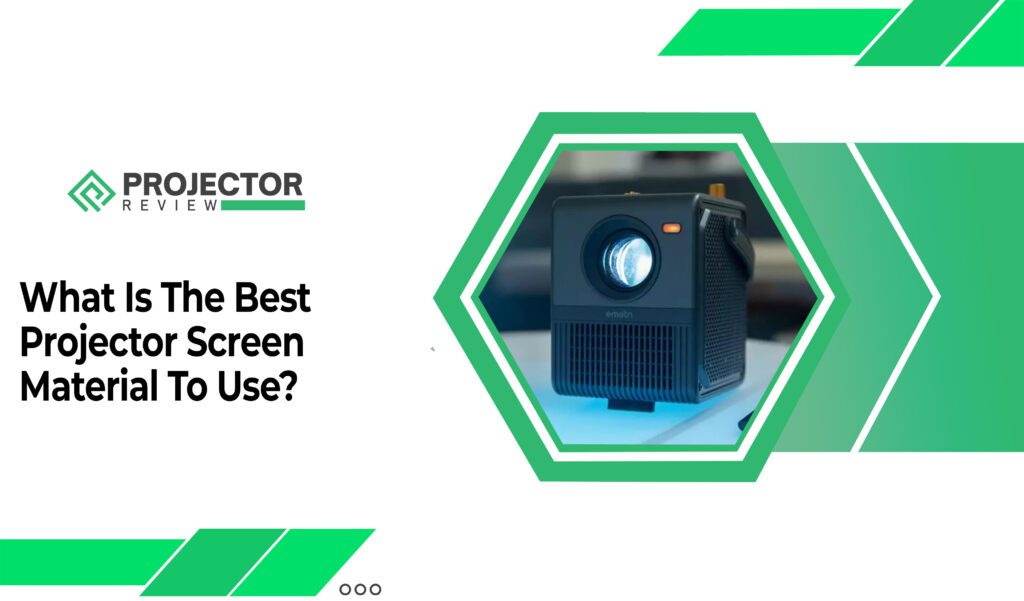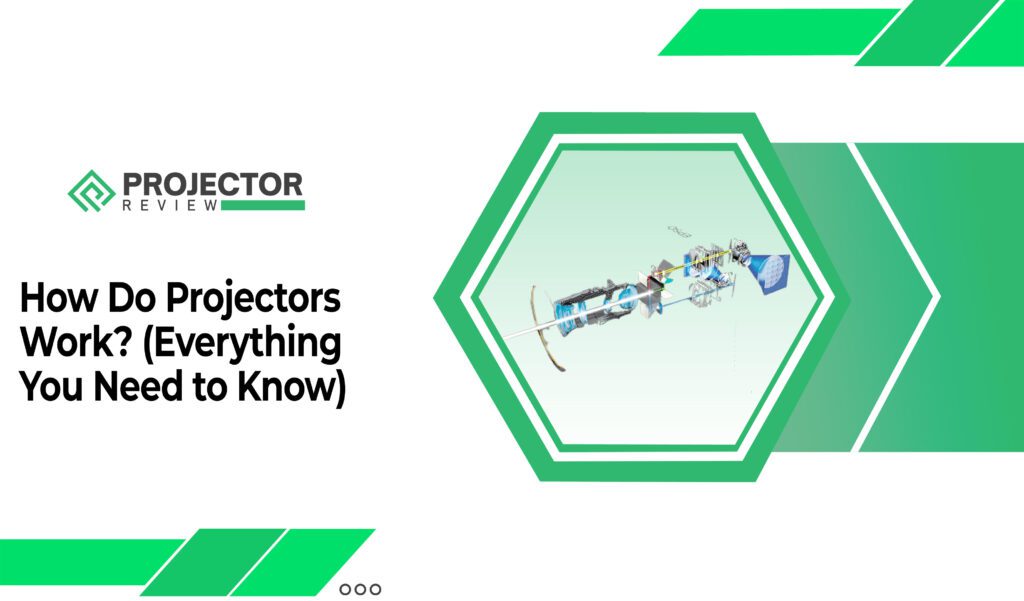In the world of movies, gaming, or presentations, having a big screen can make everything more exciting. But what if you don’t have a projector screen?
Imagine using a plain white wall as your canvas, where your favorite content comes to life. Or perhaps know how to hang a projector screen?
You could even set up a piece of special projector screen fabric that you can easily find online or at stores. Nature lovers might even opt for a large, smooth piece of cardboard, which can give a rustic touch. If you’re feeling crafty, a DIY screen made from retro-reflective material can do wonders too.
So, if you’re looking to enjoy your projector to the fullest without a designated screen, observe and just look around – the perfect solution might be closer than you think. How to install a projector screen in your home?
Keep reading for big entertainment, even on a budget!
What can I use Instead of a Projector?
There are so many options as tarps which are helpful for different sights like outdoor night stays and game play. Here are the top five alternatives to using a projector along with their explanations:
Blackout Cloth
Blackout cloth is a cost-effective alternative to the best projector screen size. It is a matte white fabric that provides a smooth surface for projection. Its light-absorbing properties minimize ambient light interference and enhance image quality. While not as specialized as a dedicated projector screen, blackout cloth can offer a decent projection experience, especially in roller-blind rooms.
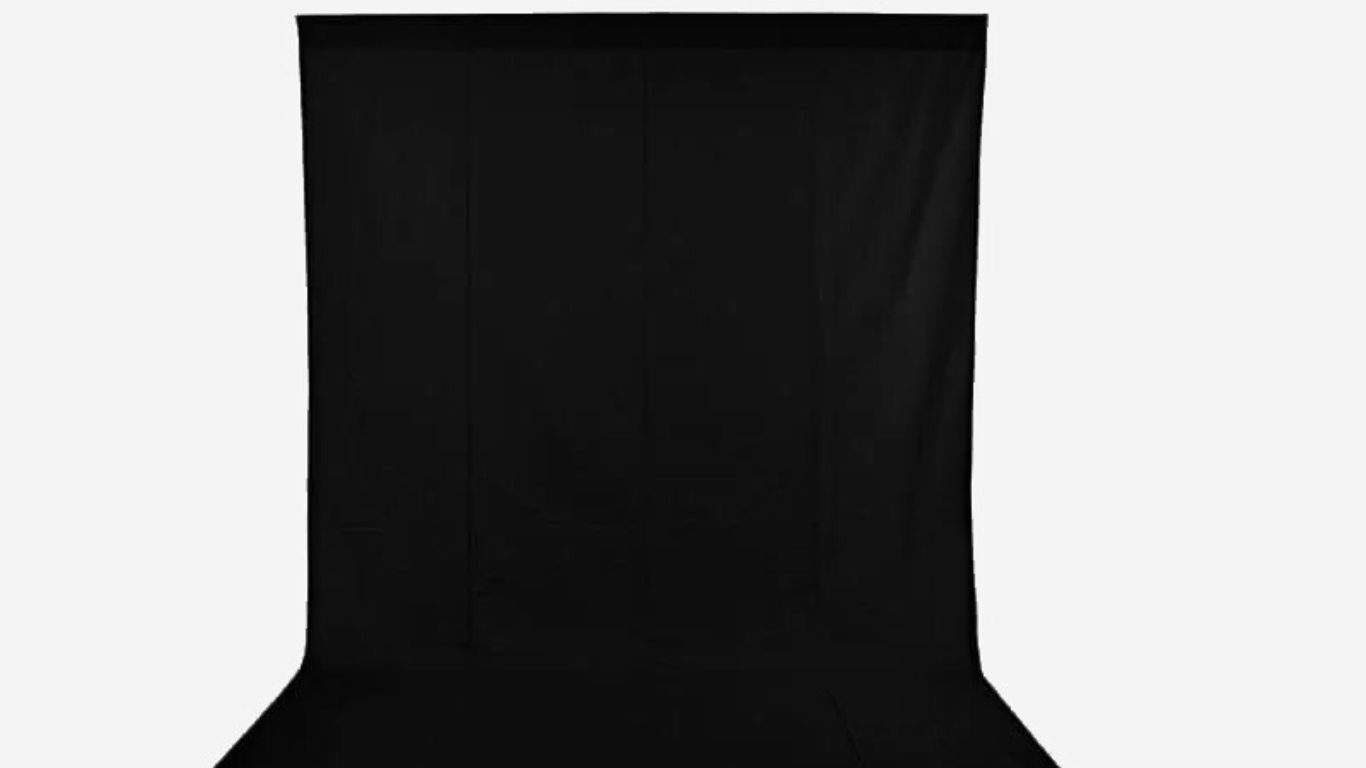

Projector Screen Paint
Projector screen paint can be a viable alternative to traditional projector screens due to its unique advantages in certain situations.
Applying projector screen paint requires careful surface preparation and precise application techniques to achieve a smooth and even surface. Imperfections or uneven texture can impact image quality.
Achieving optimal results with projector screen paint demands a certain level of DIY proficiency. Properly preparing the surface, applying the paint evenly, and allowing adequate drying time is critical for success.


While projector screen paint can enhance reflectivity, it may not match the image quality, contrast ratio, and viewing experience of dedicated projector screens designed with specialized materials. The ambient light conditions of your room can influence the effectiveness of DLP vs. LCD projector screen paint. Darker environments tend to yield better results, as excessive ambient light might diminish the paint’s reflective capabilities.
Bed Sheet
A plain white bed sheet can serve as an impromptu projection surface. While not designed for projection, a bed sheet can offer a quick solution for casual viewing. However, image quality may suffer due to its uneven texture, potential wrinkles, and lower reflectivity compared to purpose-built screens.
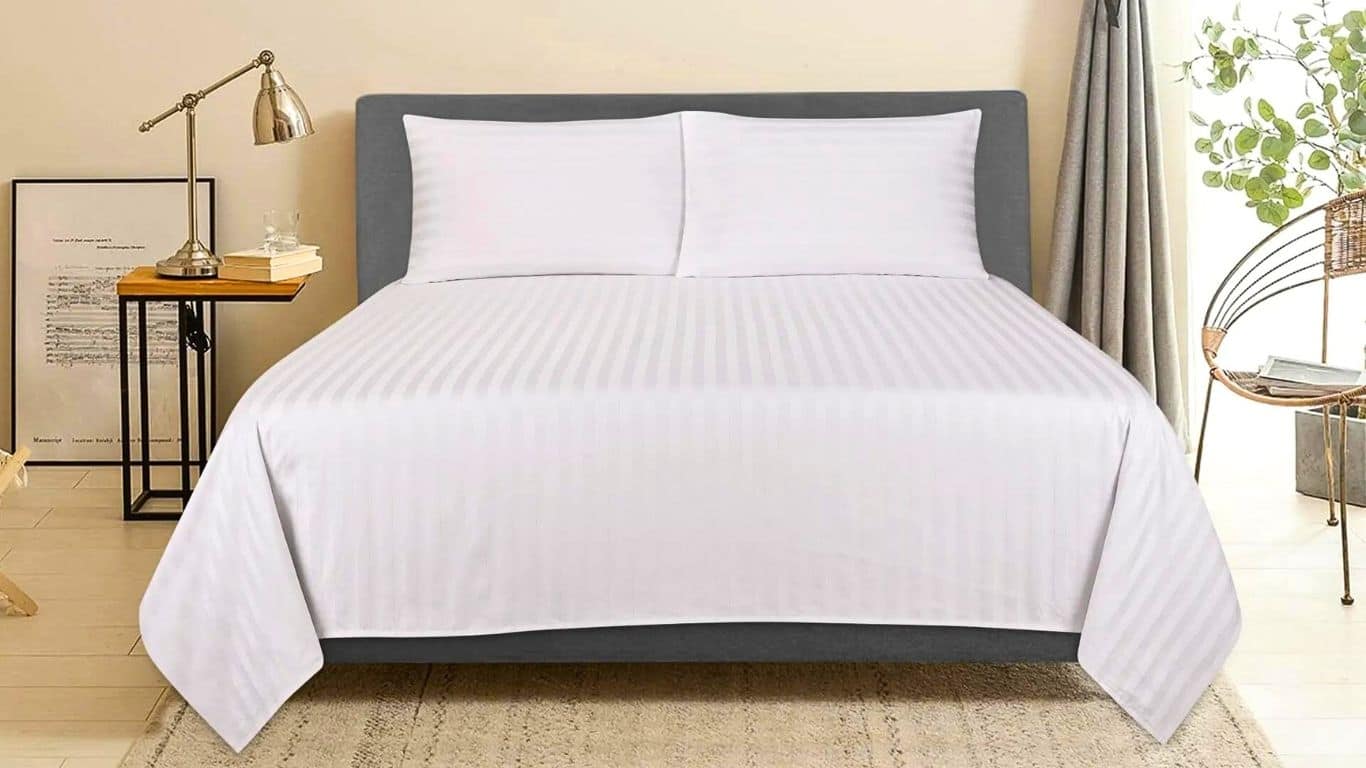

Wall
Using a wall as a projector screen alternative offers convenience and affordability. Many spaces already have walls, eliminating the need for additional setup. While not designed for projection, a plain white wall can work adequately for casual viewing. It’s important to note that the wall’s texture and color may impact image quality through ANSI Lumens vs. Lumens. Smoother and lighter-colored walls tend to reflect light better.


However, walls often lack the optimal reflectivity and uniformity of dedicated screens, leading to uneven light distribution and potential color shifts. While suitable for basic projection needs, walls may not deliver the enhanced image clarity and color accuracy that specialized screens provide.
Whiteboard
A whiteboard can serve as a versatile alternative due to its smooth surface and reflective properties. It’s suitable for both projection and writing, making it valuable in educational and business settings with the best projector screen material. Whiteboards can enhance image brightness, especially when compared to regular walls. However, their glossy surface can cause glare or hotspots, affecting viewing comfort.
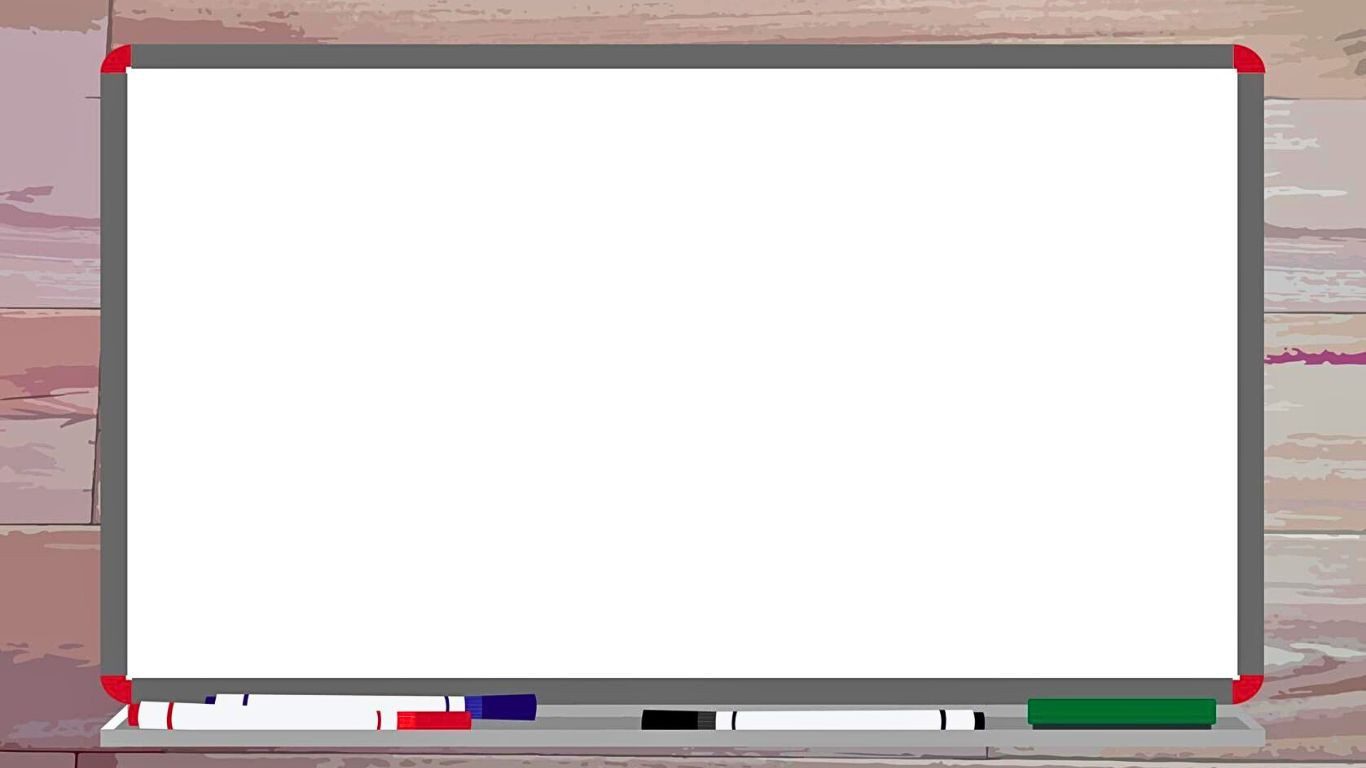

Additionally, whiteboards might not provide the same level of color accuracy and uniform reflectivity as dedicated screens. While whiteboards offer angle flexibility for interactive presentations, they may not fully match the performance of purpose-built projector screens in terms of optimal image quality for detailed content or high-resolution projections.
Best Projector Screen Material for 4k
Selecting the optimal projector screen material for 4K content is crucial to fully capitalize on the high-resolution capabilities of your projector. Here’s a professional breakdown of the best materials to consider:
Adequate Gain
Choose a material with an appropriate gain value. Gain refers to the screen’s ability to amplify the brightness of the projected image. For 4K projectors, a material with a moderate gain (typically between 1.0 and 1.3) is recommended. This balance ensures excellent picture quality without causing hotspots or washing out colors.
High Contrast Ratio
Opt for a material that enhances the contrast ratio, ensuring deep blacks and vivid whites. This is crucial for delivering the rich color palette and dynamic range that 4K content offers.
Ultra HD-Ready Fabric
To ensure that your 4K projector delivers crisp and vibrant images, opt for a screen material designed specifically for Ultra HD resolutions. Look for fabrics that boast a high level of detail preservation, color accuracy, and minimal pixelation. These materials are engineered to reflect light evenly, enhancing image quality across the entire screen.
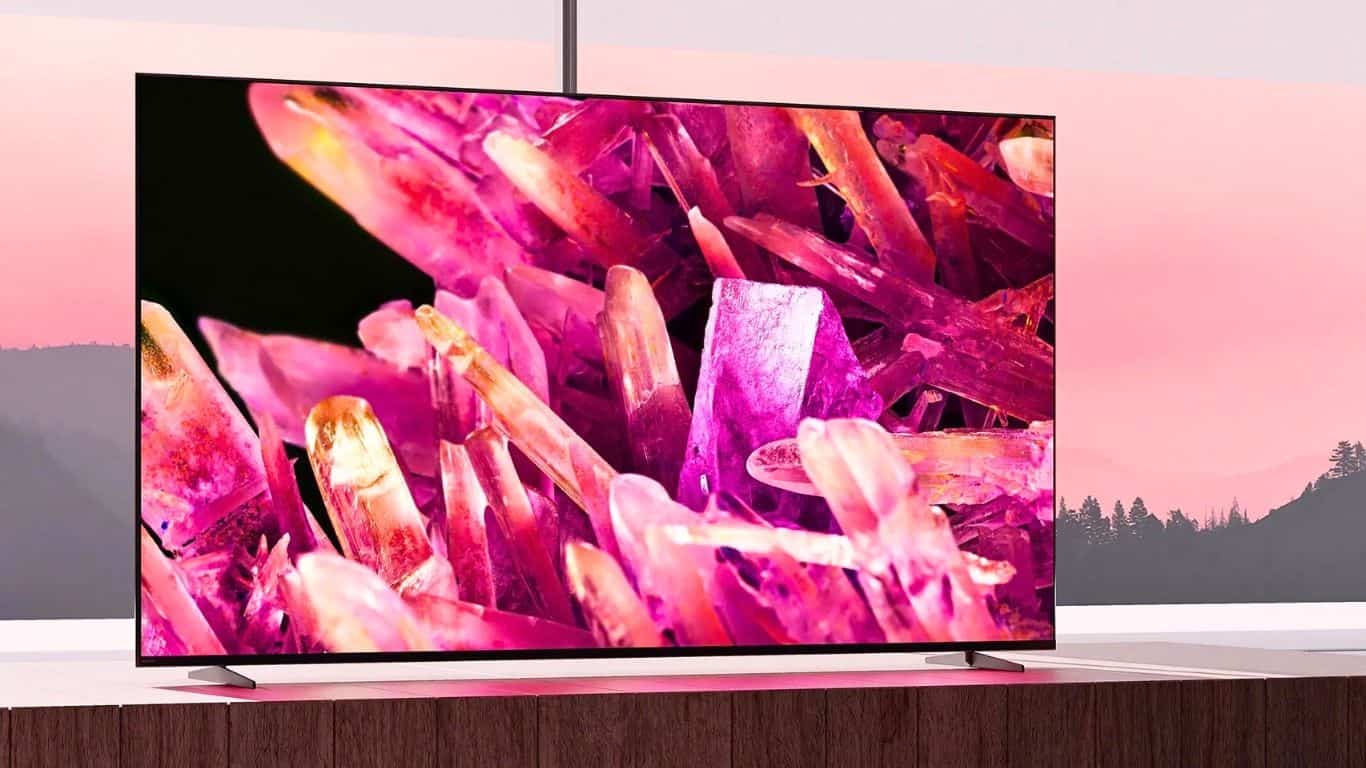

Explore how many watts a projector uses.
Fine Texture
A smooth screen texture is essential for maintaining image clarity. Avoid materials with pronounced textures, as they can scatter light and degrade the image quality, especially when dealing with 4K’s intricate details.
Ambient Light Rejection (ALR)
If your viewing environment has ambient light sources, consider an ALR screen material that decides how long the projector lasts. ALR materials are designed to mitigate the effects of ambient light, preserving image quality and contrast even in brighter settings.
Tensioning System
A screen with a tensioning system ensures a flat and wrinkle-free surface, vital for maintaining consistent image quality, especially at 4K resolutions.
Is the Alternative of a Projector Screen Worthy?
Exploring alternatives to a traditional projector screen can be both practical and rewarding. While projector screens are designed for optimal image quality and projection, alternatives can offer unique benefits and save you money.
Using a plain white wall or hanging a white bedsheet can be cost-effective and convenient, especially for casual setups. They provide a decent surface for projection, and the larger area can make the viewing experience immersive, you know how many lumens for the outdoor projector. Special projector screen fabrics are designed to enhance image clarity and brightness, offering a middle ground between a dedicated screen and a wall.
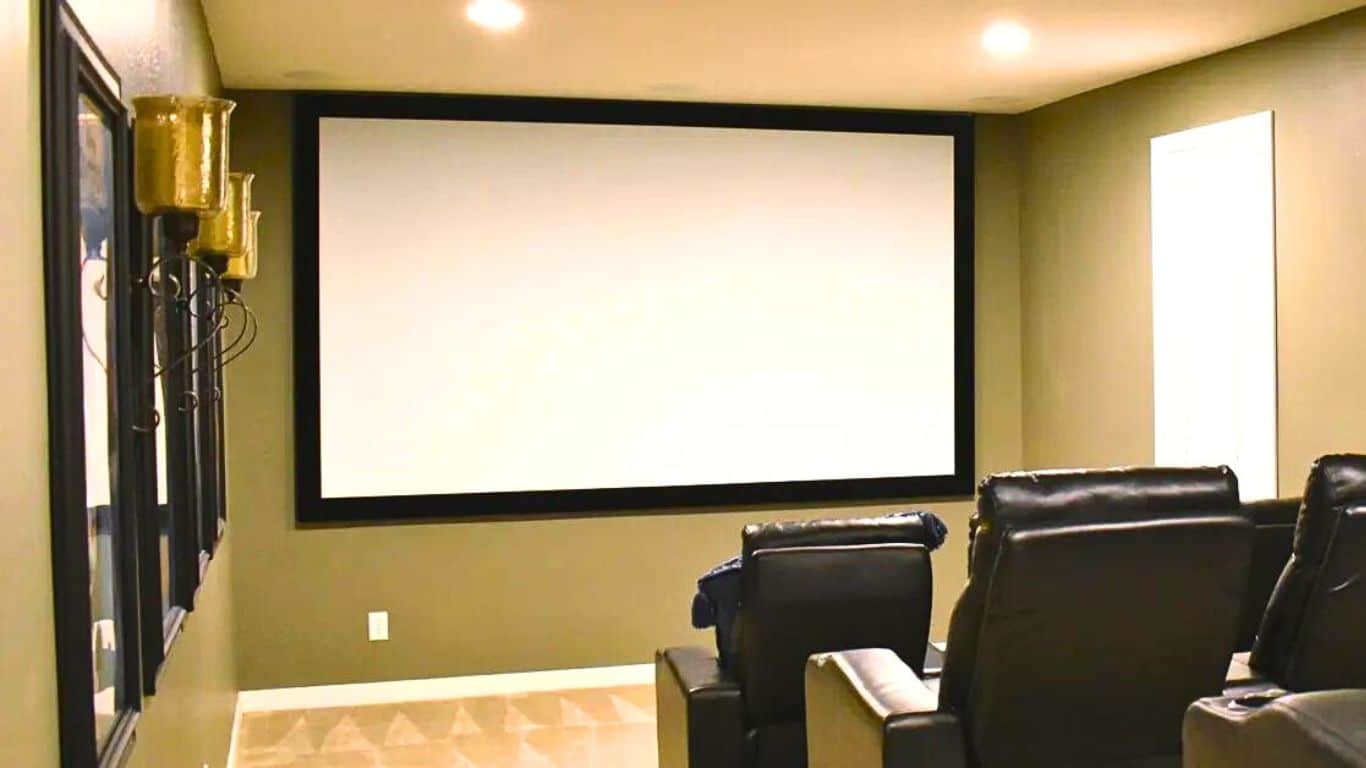

Creating a DIY projector screen using retro-reflective material can be a fun project that improves the reflectivity of the surface, ensuring better visibility even in dim lighting. This can be particularly useful for outdoor setups.
While these alternatives may not match the professional quality of a purpose-built projector screen, they can still provide enjoyable viewing experiences for movies, presentations, and gaming.
What Can I Use As A Projector Screen – FAQs
Conclusion
These alternatives, such as blackout cloth, projector screen paint, and bed sheets, offer cost-effective options for projection setups.
However, the expert highlights the trade-offs in terms of image clarity, color accuracy, and reflectivity compared to dedicated screens and decides how long projectors last. This comprehensive guide empowers readers to make informed decisions based on their specific needs and preferences, ensuring an enhanced viewing experience with optimal contrast and image fidelity.
